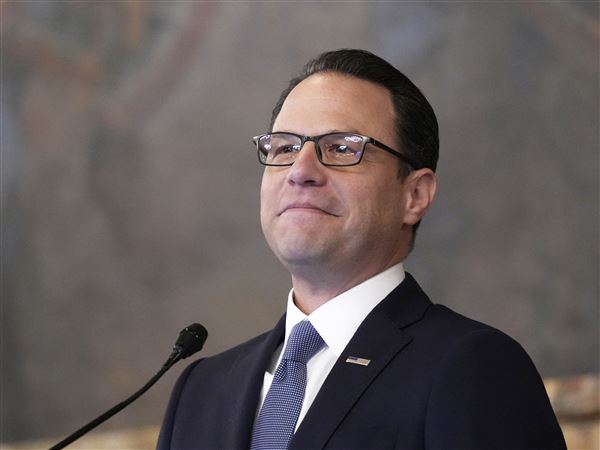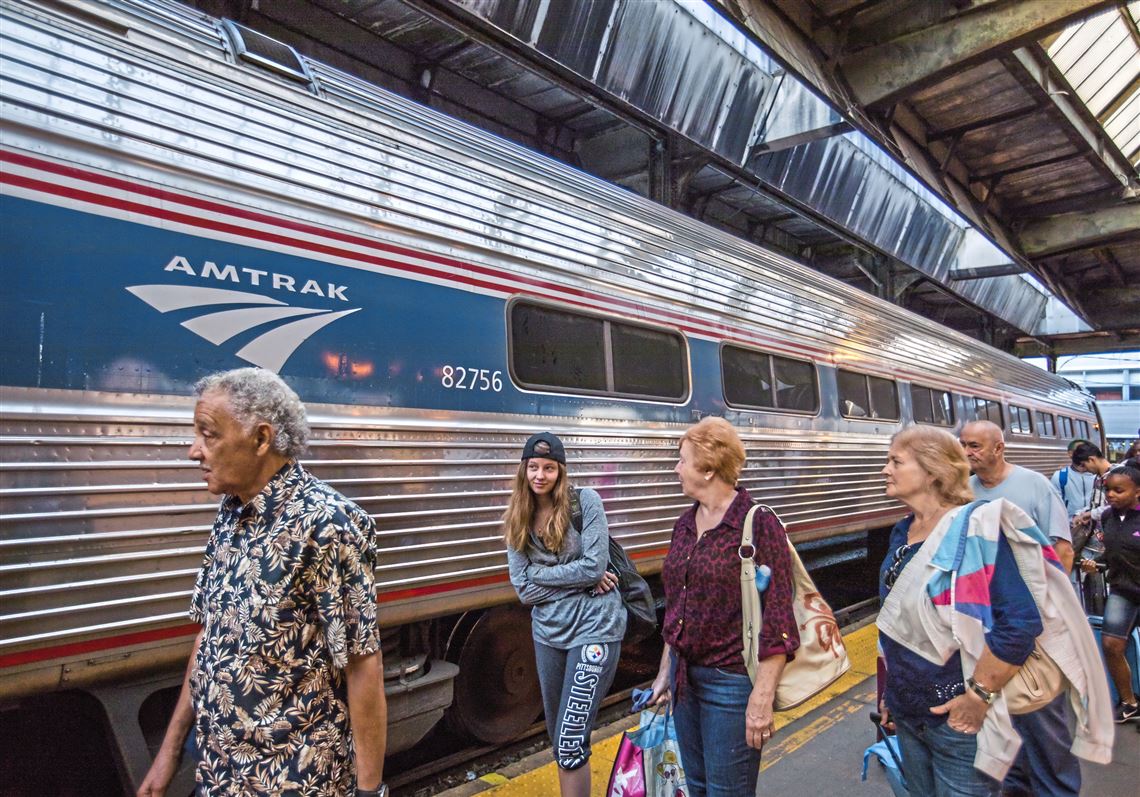Amtrak is a vital public transportation service and an economic benefit to communities on several Rust Belt routes, especially the Capitol Limited, which travels daily from Washington, D.C., to Chicago and back, making stops in cities that include Cleveland; Pittsburgh; Toledo, Ohio; and South Bend, Ind.
Recently announced plans to cut service on the Capitol Limited line to three days a week starting in October are shortsighted and hit cities with train stops hard at a time when communities continue to reel from the economic catastrophe wrought by the coronavirus.
Congressional representatives don’t think much of the proposed cuts either. The House on Wednesday unanimously agreed to an amendment to a $1.5 trillion infrastructure bill expressing the sense of Congress against reductions in service by Amtrak.
Amtrak should reconsider the plan and keep the Capitol Limited and other long-distance trains on track. Fiscal year 2019 was Amtrak’s best year and before the coronavirus struck, the future of the railway looked positive. Slashing service as a way to cope with decreased passenger traffic ignores the long-term picture and the long-term need for passenger rail service.
Amtrak has about 18,000 employees whose paychecks bring money into the communities in which they live and work. Tourists who prefer a train ride, along with people traveling for work or to visit family, have a significant economic impact.
Amtrak carries 32.5 million passengers a year, with 500 stops along the train lines in 46 states and the District of Columbia. Bus lines, taxis, Uber and Lyft drivers, restaurants, and hotels all rely on Amtrak and its passenger traffic.
The economic impact of Amtrak strongly affects the states and cities through which it runs. In Pittsburgh, for 2018, nearly 140,000 passengers boarded or alighted from Amtrak trains. Amtrak purchased over $229 million in goods and services from the Pennsylvania economy in fiscal 2016 and income for individuals generated by the train line topped $600 million.
Amtrak also provides service to many smaller Rust Belt towns with no other long-distance passenger service available — think Alliance, Ohio, and Connellsville, Pa.
While the plan is for the cuts in service to last through 2021, the reality is that once a service of this type is cut, it rarely returns. If the railway plans to return to full service at some point in 2021, there is not much sense for the temporary suspension which will throw train employees into unemployment and cut the means for many to visit Toledo, Pittsburgh and other cities along the Capitol Limited route.
That would be a tragedy. The resolution by the House shows strong support across party lines for maintaining Amtrak services.
Amtrak should look to the future and not allow the coronavirus to impact service to many communities in middle America. Service on the Capitol Limited and other Amtrak long-distance lines should be maintained while both Amtrak and the nation ride out the pandemic.
First Published: July 5, 2020, 10:15 a.m.
















